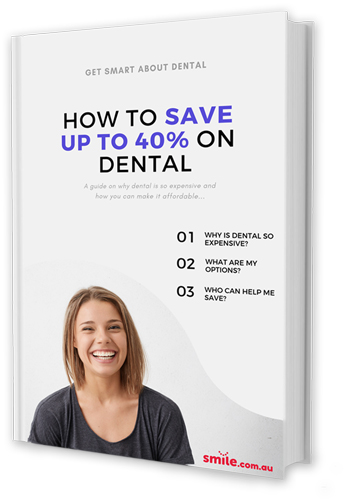Dry Socket After Tooth Extraction
Reviewed June 2024 by Our Content Experts
Find out what causes dry socket, how to prevent it, and how to treat it right here.
Having a tooth removed can be an unpleasant experience. If you develop a dry socket after a tooth extraction, the healing process can be much more painful than it should be so it’s important to understand the symptoms and the pitfalls of your everyday habits that may contribute and lead to the pain of dry socket.

What is a dry socket and how does it feel?
When a tooth is pulled, the remaining socket in the bone develops a blood clot to protect the bone and nerves. A healthy socket after an extraction should maintain the blood clot to promote healing. If the clot prematurely dislodges or dissolves, it creates a dry socket, or alveolar osteitis.
The socket is left exposed and can cause infection and intense pain that can last about a week. The pain may be throbbing or continuous, and can be accompanied by a bad taste in the mouth. If left untreated, the pain can spread to your ear.
What causes dry socket?
Below are some of the most common causes of dry socket:
- A pre-existing oral infection can prevent the blood clot from forming or prematurely break it down.
- A dense jawbone can prevent the blood clot from forming.
- Smoking cigarettes can decrease blood supply to the mouth, preventing proper formation of a blood clot.
- Smoking, using a straw, rinsing and spitting can all cause dislodgement of the blood clot.
Wisdom teeth removal can lead to dry socket
Dry socket is more common with wisdom teeth removal than any other teeth, and it most often develops in the lower jawbone.
Who is likely to get dry socket?
You may be at a higher risk of developing dry socket if you:
- Have a pre-existing dental infection such as periodontal disease
- Are a smoker
- Don’t have good dental hygiene
- Had complications with your extraction
- Have wisdom teeth pulled
- Take oral contraception pills
- Have had a dry socket in the past.
What are the symptoms of dry socket?
Symptoms of dry socket include:
A visible socket (there will be exposed white bone instead of a dark blood clot)
- Throbbing pain
- Pain in ear and eye on the same side
- Bad breath
- Foul taste and smell in mouth.
How can dry socket be treated?
If left untreated, the pain of dry socket can become excruciating. If you think you’ve developed dry socket, visit your dentist immediately.
Thankfully, dry socket is relatively simple to treat. Treatment options include pain relief medication or anaesthetic in the area, cleaning the socket, then filling the socket with a dressing or special medical paste. You may also be given antibiotics to prevent infection.

Find a Smile Dentist Near You!
Home remedies for dry socket
Over the counter pain relief medication such as ibuprofen can be used at home and your dentist may recommend rinsing with salt water or mouthwash.
How long does it take dry socket to heal?
You’ll likely feel relief immediately after your dentist has cleaned and filled the socket. You may need to return back to the dentist every couple of days to have the dressing replaced. The healing process should start again after about a week, when new tissue will form to protect the socket.
How to prevent dry socket
There are several steps you can take to reduce your risk of developing dry socket after a tooth extraction, including:
- Avoid smoking
- Avoid sucking through a straw
- Avoid aggressive rinsing or spitting
- Practise good oral hygiene.

